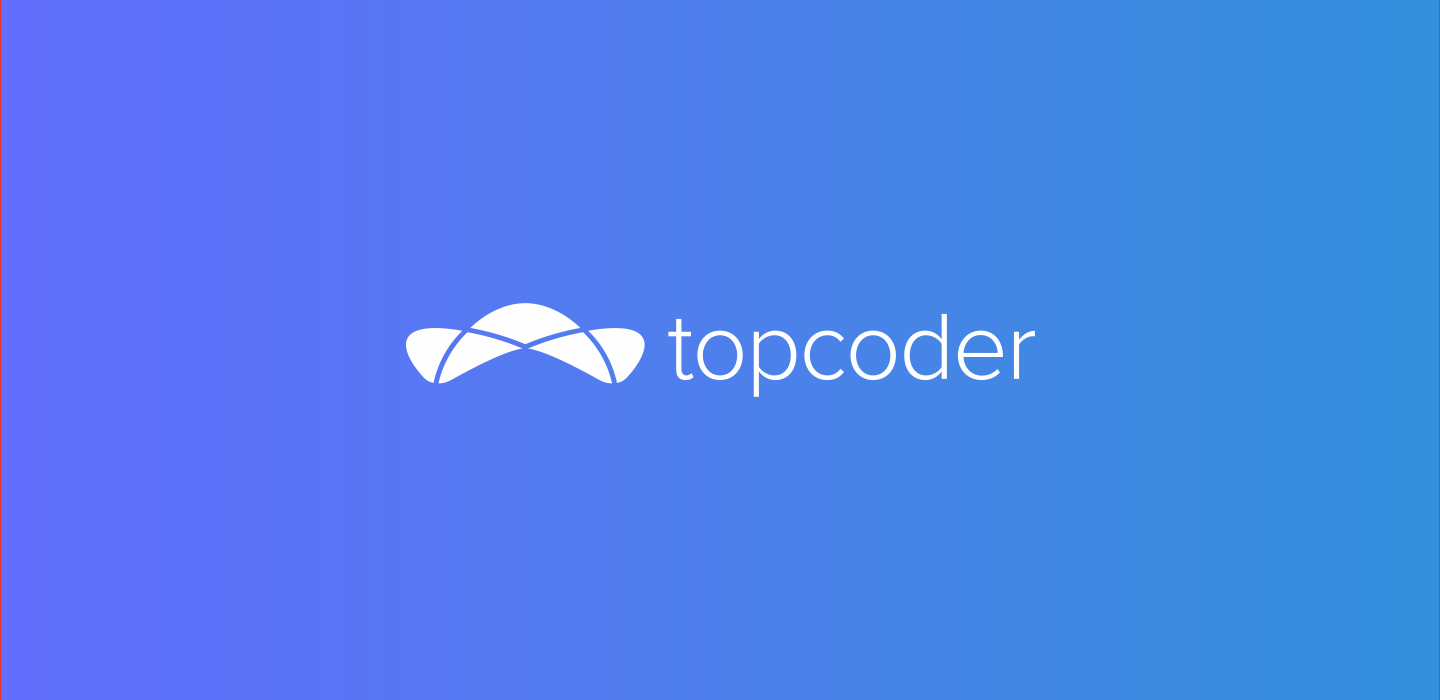August 3, 2018 How to Give, Receive, and Ask for Actionable Feedback in App and Web Design
In any project that requires design, there are lots of opinions and reactions. But the majority of them won’t progress the design, and the burden lies on both the designer and the client. Most of it comes down to communication. People can’t be expected to read minds, so it’s important that the right questions are asked to easily discern any actionable feedback. Without context around what to revise or change, you can be left guessing at next steps. How can designers and clients communicate better? What’s the solution to getting feedback that matters? Here’s a guide to giving, receiving, and asking for actionable feedback when it comes to app design and web design.
How to give actionable feedback
As a client, you must move away from generalizations. The “I don’t like it” response means nothing to the designer other than that what they’ve done isn’t what you wanted. Walk back from the “I don’t like it” response and consider how the designer reached this result. Could it have been a direct result of your input? If so, you need to look back at your inspirations and see what happened in your designer’s interpretation.
Design, for the most part, is subjective. But there are many disciplines within design that are more like a science. If you can have a better understanding of this science, then you may find that what you don’t like is linked to these best practices. In that case, you have to make the decision whether your personal opinion should supersede the experts.
When looking at a design, focus on these areas to develop your actionable feedback:
Layout
- Is there enough white space?
- Does anything appear crowded?
- Does the background help or distract?
- Are all of the elements aligned with one another?
Imagery
- Does the imagery reflect the content?
- Are filters, overlays, or other additions helpful or distracting?
- Are there enough images?
- Are there too many images?
Font
- Is there a clear hierarchy of text?
- Are headers and subheaders enhanced?
- Is the font legible?
These are three areas and questions to ask yourself before you deliver feedback to your designer. The more specific you can be about what you like and what you don’t, the better the overall communication and outcomes.
How to receive actionable feedback
As a designer, it’s important to never take feedback personally. You are, after all, trying to deliver the client’s vision — not yours. If you receive specific feedback, you should be elated; no guessing about preferences.
When you receive the first round of actionable insights, review the feedback carefully and compare it with any notes from the kickoff of the project. Do the edits requested align with the initial vision? If you see huge differences, it’s worth another round of communication with the client. Get specific about why the feedback seems contrary to the initial goal. Projects certainly evolve, but it’s best to nail down how feedback either changes or elevates the original intent.
How to ask for actionable feedback
Sometimes, no matter how much communication there is, there’s still no actionable feedback from the client. This leaves designers in a tough spot to deliver something based on assumptions. And assumptions in design will lead you down a trail of revision chaos.
Instead, it’s time for you to ask your own questions to get better feedback. Consider these scenarios:
The client says, “I don’t like the way this box looks.”
Questions to ask:
- What don’t you like about it?
- Is it the color? Typography? Image in the background? The layout?
- How does this affect the rest of the design?
- Do you think this part of the design is in line with brand standards? If not, why?
The client says, “I don’t like the graphics on this page.”
Questions to ask:
- Which graphics specifically?
- What about them don’t you like?
- Are they distracting? Don’t fit the brand? Don’t fit the message?
- Is there too much or not enough white space?
Basically, it’s a good practice to always ask why. Vague feedback only stalls projects, whereas clear feedback gets the design closer to complete.
There’s no objective good vs. bad in design
App and web design are unique disciplines. There are plenty of best practices, standards, and trends that relate to them, but there’s no clear good vs. bad. Much of it goes back to preferences. The key is to balance client preferences with design that makes sense for the user and the brand.
Better communication is the biggest factor that can get you from idea to app or website faster. One of the best ways to get a quick, professional design is by using outside resources. Crowdsourced talent, for instance, invites in designers with no preconceived notions. They have unbiased perspectives and new ideas.
But is one design idea enough? Through crowdsourcing, Topcoder delivers multiple design options quickly from some of the world’s most talented designers — with the help of a designated copilot, plus clear communication and actionable feedback.
Beth Osborne


